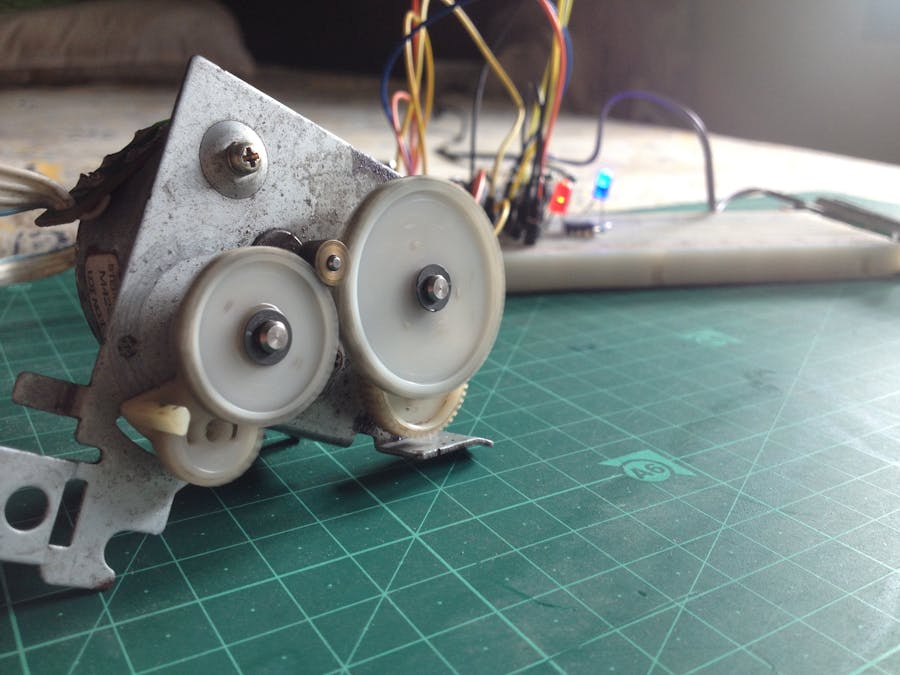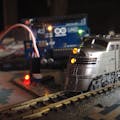An A4988 stepper motor driver is a great way to drive stepper motors. It requires a digital pulse signal to run the stepper motor for consecutive steps. It also features micro-stepping function. The RPM of the stepper motor depends upon the frequency of the input pulses. In this tutorial, I will be showing you how you can make a simple stepper motor controller by using a 555 timer IC as a digital pulse generator and get the motor running. Let's get started!
Step 1: Get All the Parts and ComponenetsHere is what all you will need:
An NE555 timer IC
A stepper motor
An A4988 stepper motor driver
A breadboard
Some jumper wires
Any capacitor between 1 and 47 uF
A 10k Ohm potentiometer (also, try using a 100k one)
A 9-12 volt DC power source
A 1k Ohm resistor
An LED (optional)
A 1k Ohm resistor (for the LED)
An SPDT switch (optional, for controlling the stepper motor's direction)
A voltage regulator with a 5-volt output (L7805CV, use a regulator if you don't have a separate 5 volts power supply)
Step 2: Follow the Circuit Diagram and Set Up EverythingFollow the circuit diagram(click on it to get full view) and start by plugging on the 555 timer IC and the motor driver on the breadboard. Then, continue by connecting the capacitor and resistors to the 555 timer IC. Check the images above for reference.
Step 3: Connect the Stepper Motor to the Motor DriverConnect the two pairs of the stepper motor's wires to the outputs of the A4988 driver board. Connect 1A and 1B to the first pair and 2A and 2B to the second one.
Step 4: Connect to Power and Turn It OnDouble check all the wiring connections. The 555 timer IC and the A4988 motor driver's logic circuitry will require 5 volts. Since the 555 timer generates the output pulses with peak voltages equal to the supply voltage, you will not want any higher voltage signal to go in the motor driver's input. Use a voltage regulator if you have a single power input(12-volt) to get 5-volt output for the logic and control circuitry.
Step 5: Is It DONE?!Don't stop here! Try experimenting with different values of resistors and capacitors. Also, this project can prove to be useful for stepper motor harvesters who take apart printers and similar stuff to get stepper motors and test them for performance.












Comments
Please log in or sign up to comment.